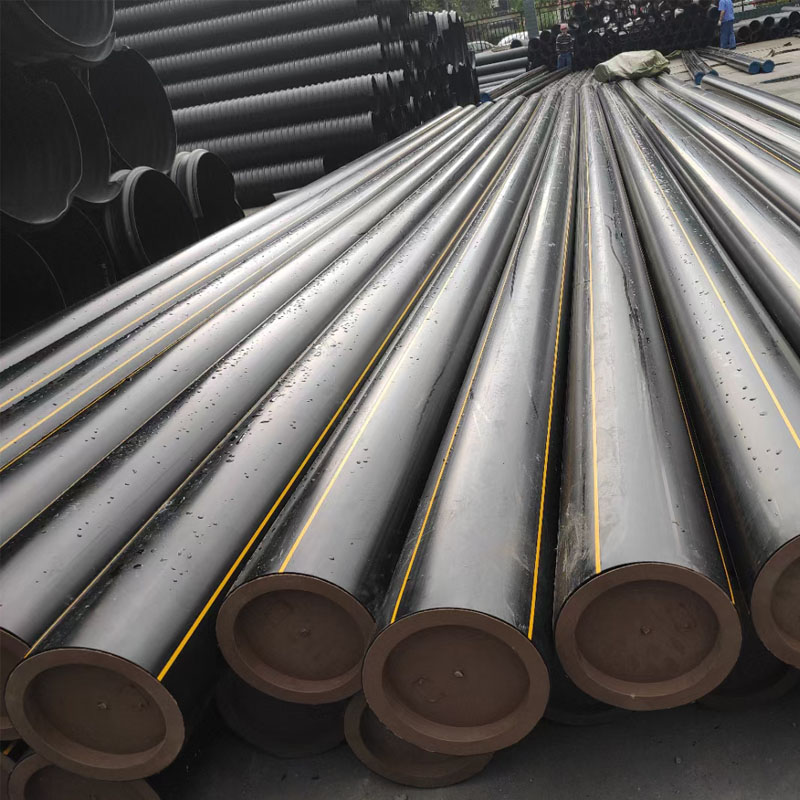Nov . 01, 2024 06:12 Back to list
PPR Plumbing Pipe Solutions for Reliable Water Supply and Drainage Systems
Understanding PPR Plumbing Pipe Products A Comprehensive Guide
Polystyrene pipe, commonly known as PPR (Polypropylene Random Copolymer) pipe, has become a popular choice for plumbing and piping systems in various applications. Its unique properties make it an excellent choice for both residential and industrial uses. This article will explore the benefits, applications, and advantages of PPR plumbing pipe products.
What is PPR Pipe?
PPR pipe is a thermoplastic piping system made from random copolymer polypropylene. It is characterized by its durability, corrosion resistance, and high-temperature tolerance. These qualities make PPR an ideal material for a range of plumbing applications, from hot and cold water supply systems to industrial liquid transportation.
Benefits of PPR Pipe
1. Durability One of the most significant advantages of PPR pipes is their long lifespan. They can last up to 50 years under standard use conditions. This durability minimizes the need for frequent replacements or repairs, leading to lower long-term maintenance costs.
2. Corrosion Resistance Unlike traditional metal pipes, PPR pipes do not corrode or rust. This quality ensures that the water remains clean and safe for consumption, making it a preferred choice for plumbing systems in homes and businesses.
3. Temperature Tolerance PPR pipes can withstand high temperatures, making them suitable for hot water applications without compromising the integrity of the material. They can typically handle temperatures up to 95°C (203°F), which is essential for residential and industrial hot water systems.
ppr plumbing pipe products

4. Lightweight Compared to metal pipes, PPR pipes are lightweight, which makes them easier to transport and install. This feature not only reduces labor costs during installation but also decreases the chance of damage during handling.
5. Low Thermal Conductivity PPR pipes have low thermal conductivity, which helps in minimizing heat loss in hot water systems. This characteristic enhances the efficiency of heating systems, saving energy and lowering utility bills.
6. Easy Installation PPR pipes can be easily welded together using a heat fusion process, creating a secure and leak-proof joint. This method of installation is not only quick but also ensures that the integrity of the pipe system is maintained throughout its lifespan.
Applications of PPR Pipe
PPR pipes are versatile and widely used across various sectors. Some common applications include
- Residential Plumbing PPR pipes are extensively used for water supply systems, both for hot and cold water, throughout residential buildings. - Industrial Applications Their chemical resistance allows PPR pipes to transport liquids in the food processing, pharmaceutical, and chemical industries. - Heating Systems PPR pipes are increasingly being used in underfloor heating systems, radiators, and central heating installations due to their high-temperature tolerance.
Conclusion
In conclusion, PPR plumbing pipe products offer a plethora of benefits that make them a superior choice for various plumbing applications. Their durability, corrosion resistance, and temperature tolerance are just a few reasons why they have gained popularity in both residential and industrial settings. As the demand for reliable and long-lasting plumbing solutions continues to grow, PPR pipes will undoubtedly play a pivotal role in the future of plumbing systems. Whether you are considering an upgrade or working on a new installation, PPR pipes are worth serious consideration for their efficiency, longevity, and overall cost-effectiveness.
-
High-Quality PVC Borehole Pipes Durable & Versatile Pipe Solutions
NewsJul.08,2025
-
High-Quality PVC Perforated Pipes for Efficient Drainage Leading Manufacturers & Factories
NewsJul.08,2025
-
High-Quality PVC Borehole Pipes Durable Pipe Solutions by Leading Manufacturer
NewsJul.08,2025
-
High-Quality PVC Borehole Pipes Reliable PVC Pipe Manufacturer Solutions
NewsJul.07,2025
-
High-Quality UPVC Drain Pipes Durable HDPE & Drain Pipe Solutions
NewsJul.07,2025
-
High-Quality Conduit Pipes & HDPE Conduit Fittings Manufacturer Reliable Factory Supply
NewsJul.06,2025

